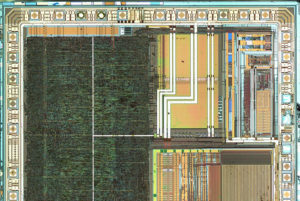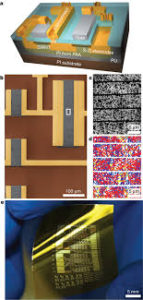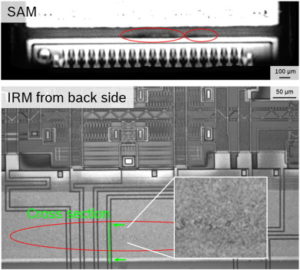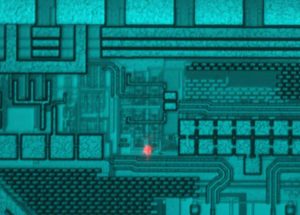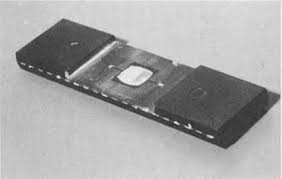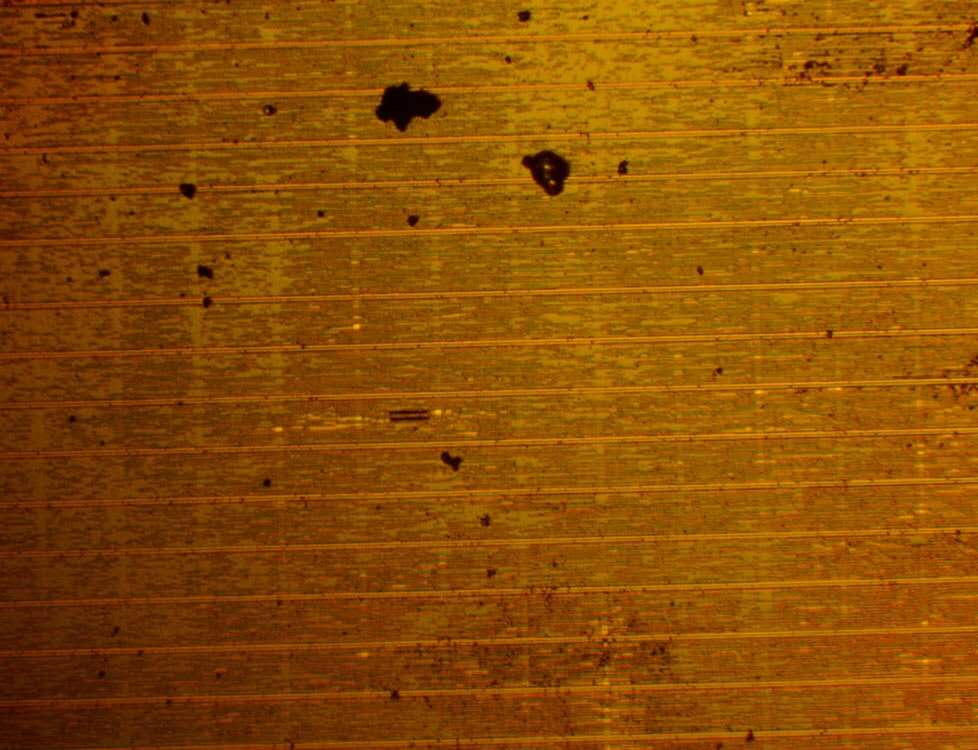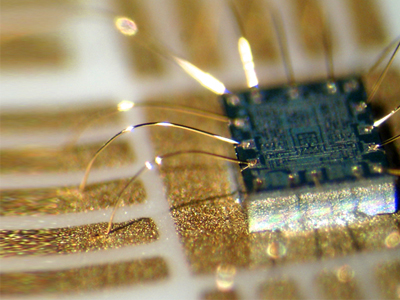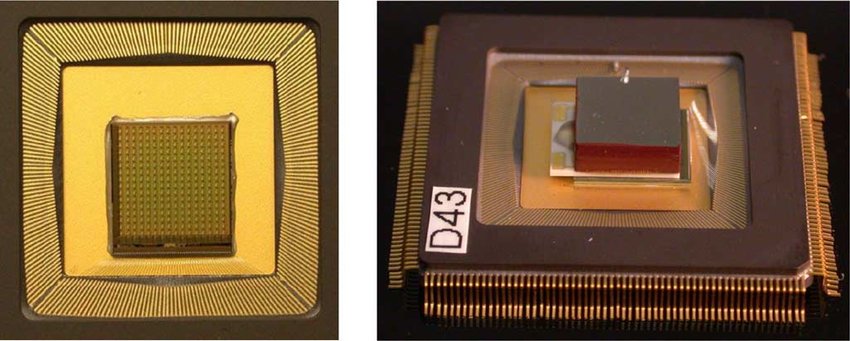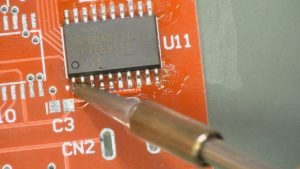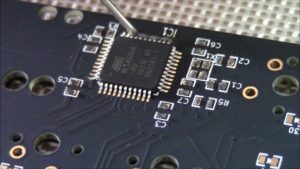Crack MCU ATTINY25 Heximal
Crack MCU ATTINY25 Heximal needs to use laser to cut the connection wire of security fuse bit and disable the tamper resistance system, the memory inside the flash and eeprom will be fully extracted and copy it to other blank Microcontroller;
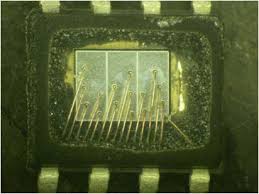
Crack MCU ATTINY25 Heximal needs to use laser to cut the connection wire of security fuse bit and disable the tamper resistance system, the memory inside the flash and eeprom will be fully extracted and copy it to other blank Microcontroller
Using the USART in MSPI mode requires the Transmitter to be enabled, i.e. the TXENn bit in the UCSRnB register is set to one. When the Transmitter is enabled, the normal port operation of the TxDn pin is overridden and given the function as the Transmitter’s serial output.
Enabling the receiver is optional and is done by setting the RXENn bit in the UCSRnB register to one. When the receiver is enabled, the normal pin operation of the RxDn pin is overridden and given the function as the Receiver’s serial input.
The XCKn will in both cases be used as the transfer clock. After initialization the USART is ready for doing data transfers. A data transfer is initiated by writing to the UDRn I/O location after pull microcomputer dspic30f6013 firmware.
This is the case for both sending and receiving data since the transmitter controls the transfer clock. The data written to UDRn is moved from the transmit buffer to the shift register when the shift register is ready to send a new frame.
Note:
To keep the input buffer in sync with the number of data bytes transmitted, the UDRn register must be read once for each byte transmitted. The input buffer operation is identical to normal USART mode, i.e. if an overflow occurs the character last received will be lost, not the first data in the buffer.
This means that if four bytes are transferred, byte 1 first, then byte 2, 3, and 4, and the UDRn is not read before all transfers are completed, then byte 3 to be received will be lost, and not byte 1.
The following code examples show a simple USART in MSPIM mode transfer function based on polling of the Data Register Empty (UDREn) Flag and the Receive Complete (RXCn) Flag.
The USART has to be initialized before the function can be used. For the assembly code, the data to be sent is assumed to be stored in Register R16 and the data received will be available in the same register (R16) after the function returns.
The function simply waits for the transmit buffer to be empty by checking the UDREn Flag, before loading it with new data to be transmitted. The function then waits for data to be present in the receive buffer by checking the RXCn Flag, before reading the buffer and returning the value.
Tags: crack mcu embedded archive,crack mcu embedded binary,crack mcu embedded code,crack mcu embedded content,crack mcu embedded data,crack mcu embedded eeprom,crack mcu embedded file,crack mcu embedded firmware,crack mcu embedded heximal,crack mcu embedded information,crack mcu embedded memory,crack mcu embedded program


